In a tattoo world often dominated by trends and visual noise, Liu Zhenquan, also known as Ken, brings an unexpected quietude. From his studio in Shanghai, China, he creates tattoos that feel more like meditative paintings—blending fine lines, ink-wash techniques, and a love for traditional Chinese art. His work doesn’t clamor for attention. It invites reflection.
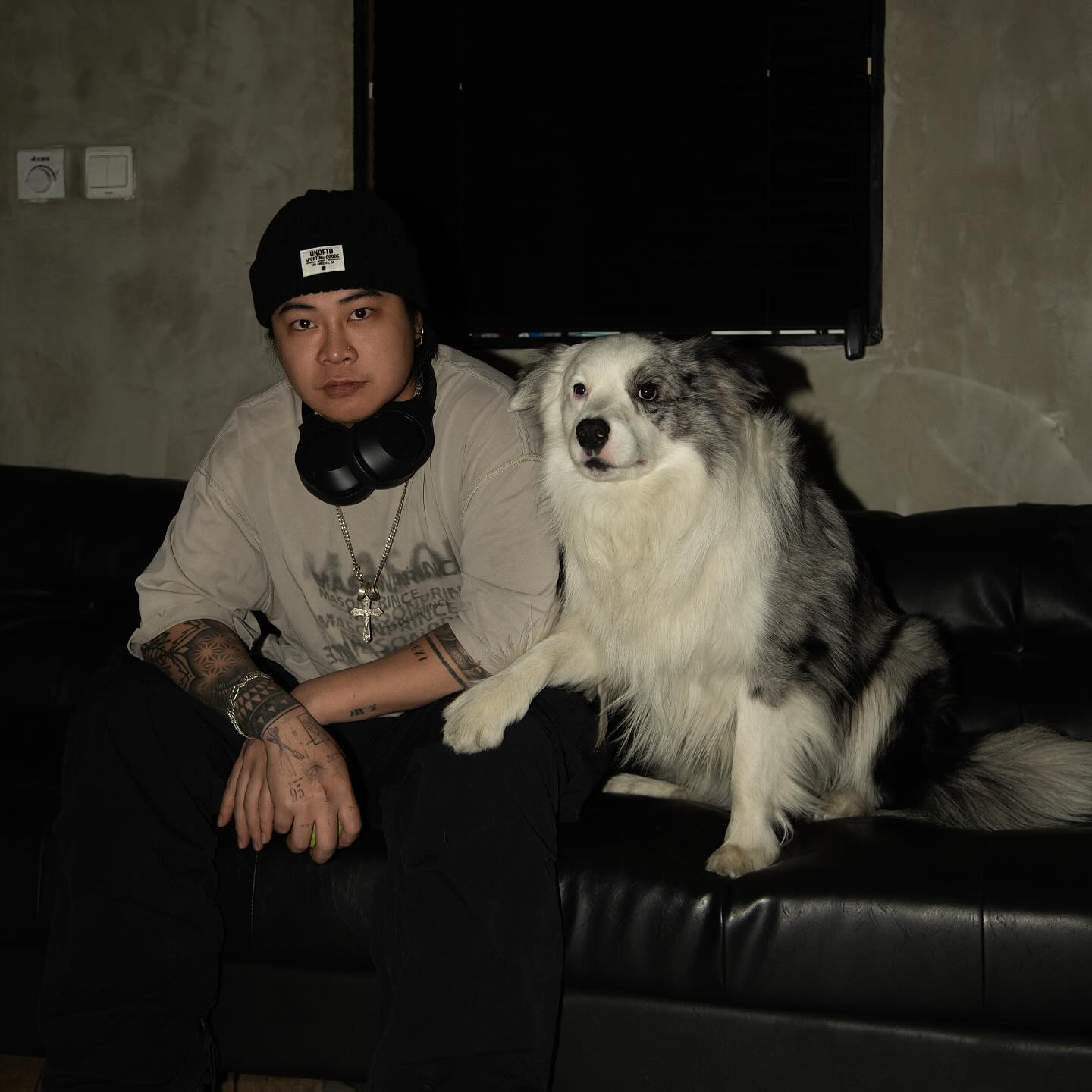
Ken’s connection to visual art began in childhood. He was drawn to landscape painting and the elegant restraint of Chinese ink techniques. But his shift toward tattooing happened in his teenage years, when he got his first tattoo and was struck by the medium’s emotional and aesthetic power. A report on a tattoo artist’s daily life cemented his decision—he knew he had found his path.
“Tattooing isn’t like an ordinary, boring job—it’s exactly the kind of career I want,” Ken says. “I genuinely enjoy what this profession brings me.”
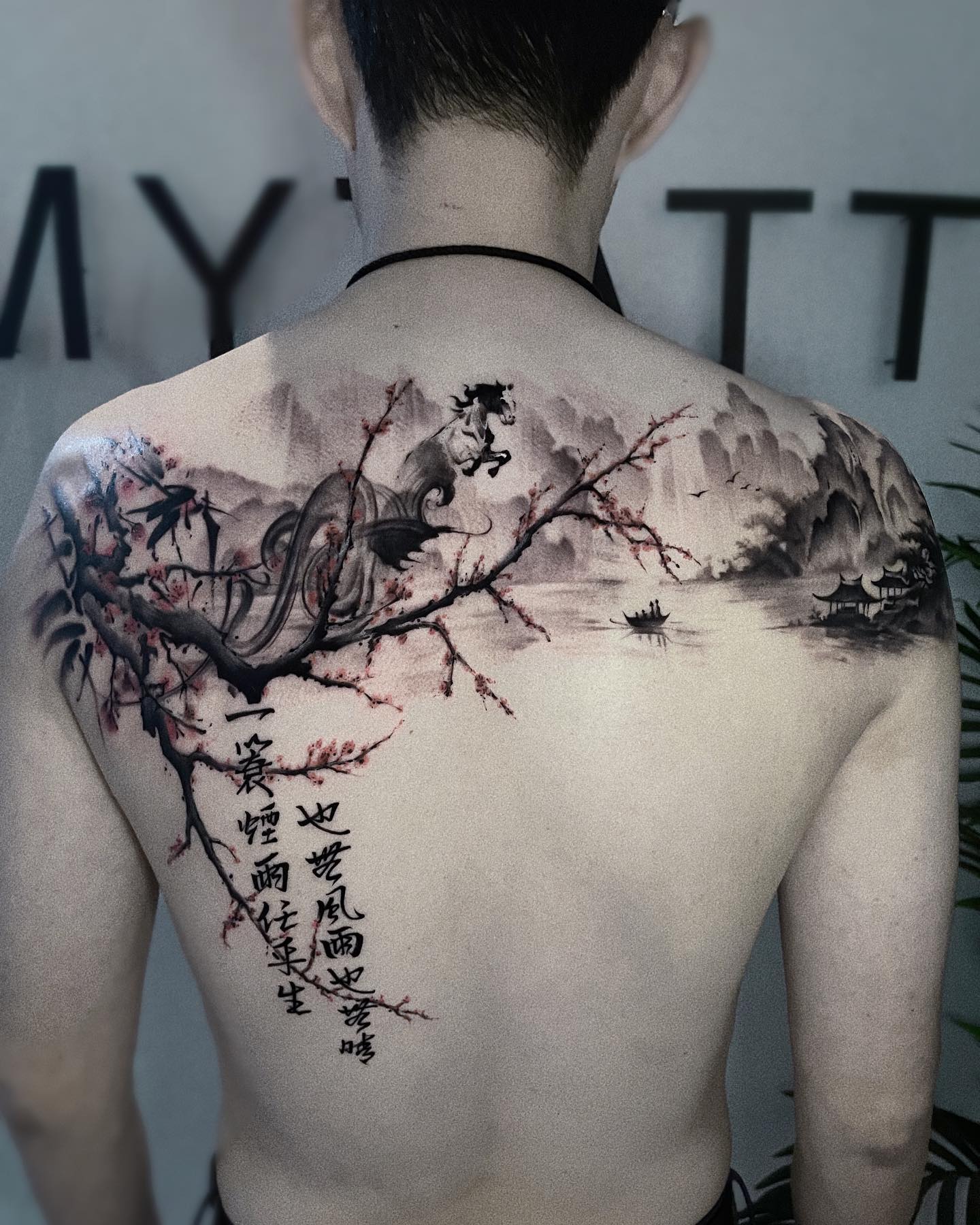
By 2014, Ken had begun his formal training with a teacher from the Guangzhou Academy of Cosmetology. A year later, he launched his career, entering the industry with little more than passion and perseverance. The early years were marked by financial instability and self-doubt. Ken often worked two jobs to sustain himself while steadily building his technique and confidence.
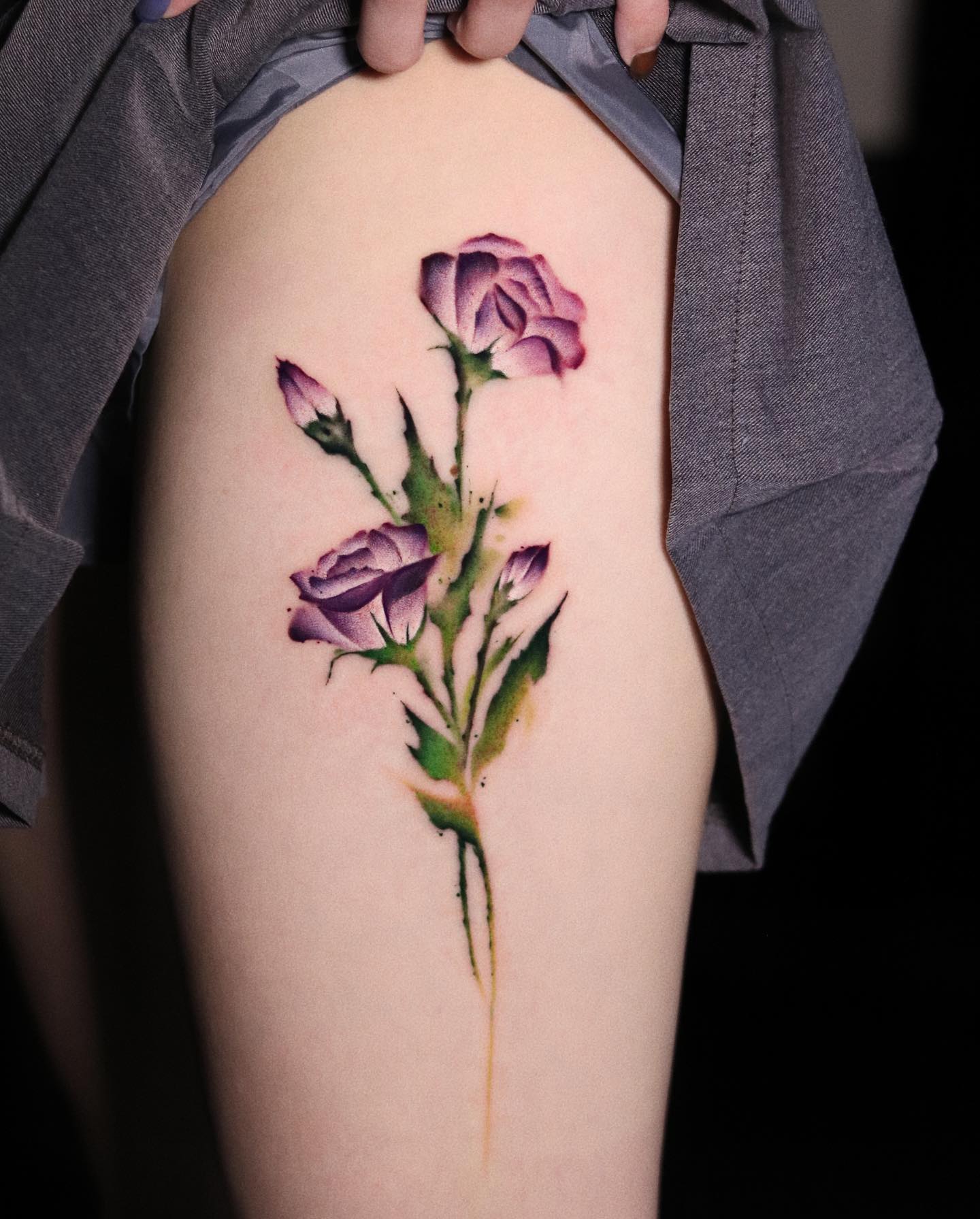
What makes Ken’s journey compelling is the quiet determination that runs through it. He didn’t arrive with bravado or a clear-cut formula for success. Instead, he experimented—sometimes failing, sometimes growing—but always refining his artistic identity.
His earliest challenge was realism. Having grown up with the fluidity of ink and brush, adapting to the precise demands of realistic tattooing proved difficult. To overcome this, he studied sketching intensively, developing a stronger grasp of depth and detail. These foundational skills would later evolve into his signature style: a delicate fusion of minimalist watercolor strokes, fine outlines, and controlled gradients.
.jpeg)
Ken’s visual language reflects his deep admiration for Chinese aesthetics. He is particularly inspired by the ink-and-watercolor style of renowned artist Chen Jie, and it shows in the way his tattoos balance softness with discipline. Though often muted in palette, his pieces radiate presence and intent.
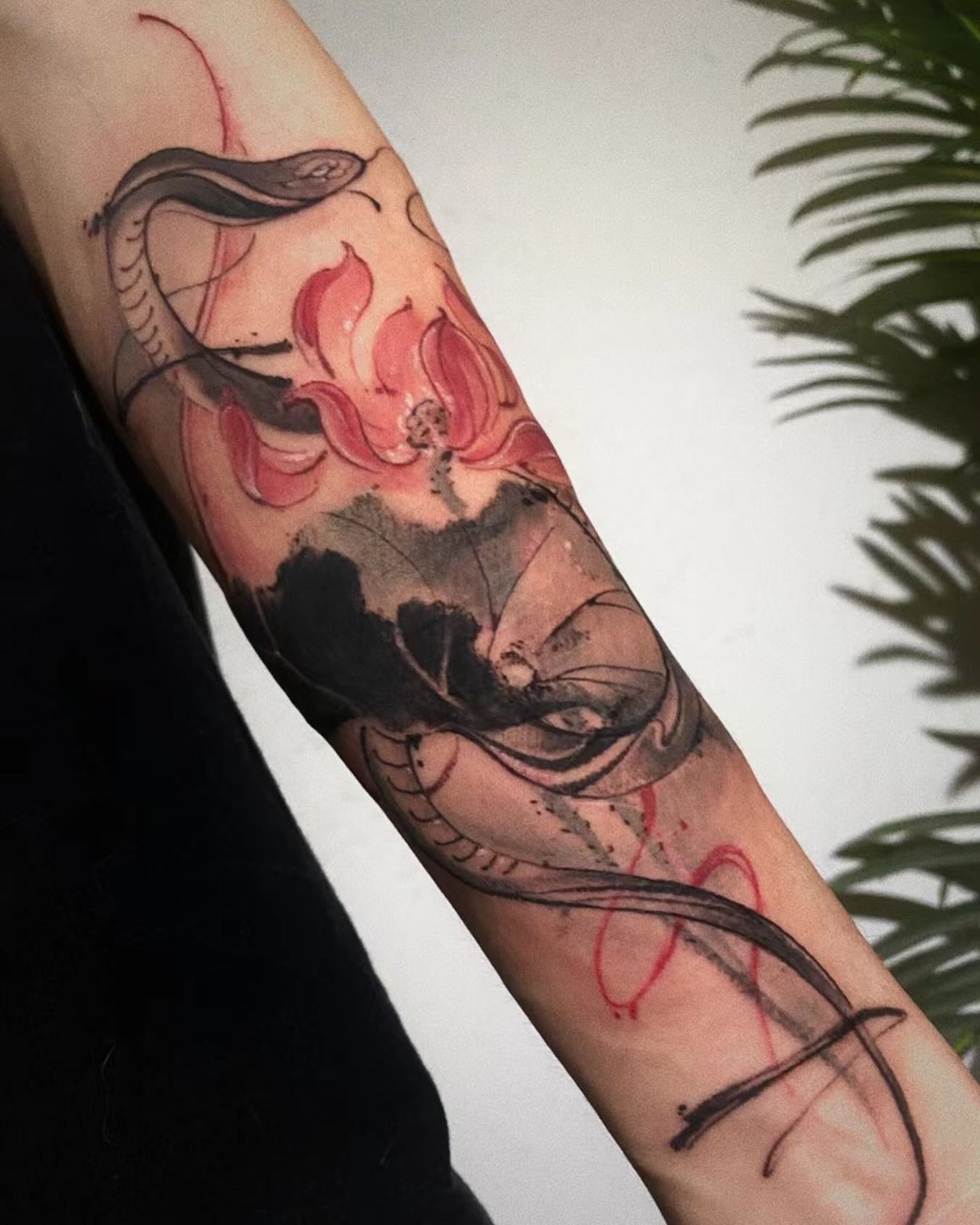
“The brush gives you freedom—art should never feel restricted,” he explains, describing his creative process.
One of Ken’s turning points came in 2017, when he earned third place in the Small Asian Traditional category at the Shanghai International Tattoo Art Festival. The recognition marked a personal and professional milestone. For Ken, it wasn’t just about standing on a podium—it was about being seen as an artist with a voice worth listening to.
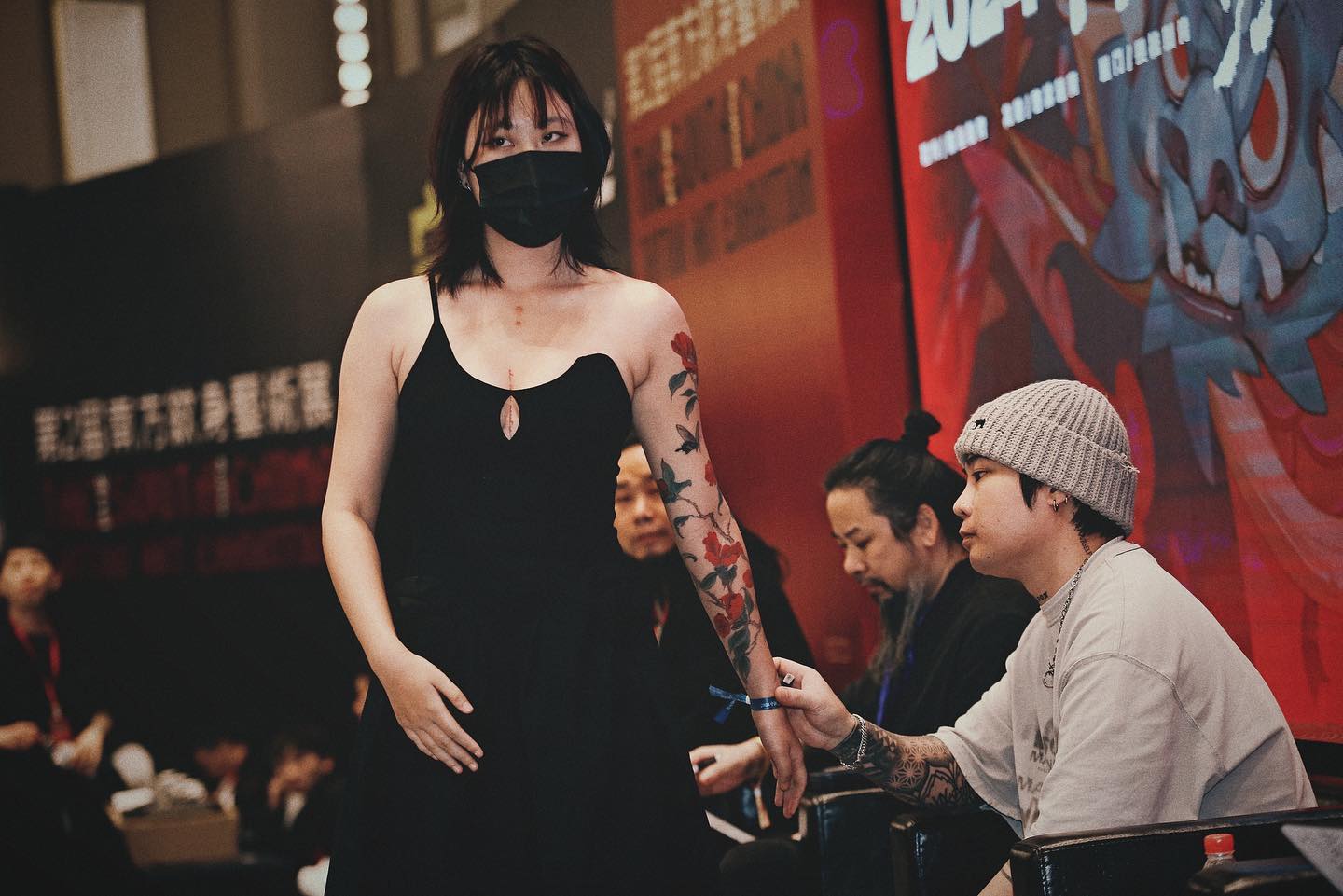
From there, his profile steadily rose. In October 2024, Ken was invited to join the judging panel at the China Shanghai International Tattoo Art Convention, followed by another jury role a month later at the South China Tattoo Art Exhibition in Fuzhou. It was a full-circle moment—just a few years prior, he had stood in the crowd, hoping for recognition. Now, he was among those tasked with evaluating the next wave of talent.
“It reminded me how far I’ve come,” he reflects. “And it motivated me to keep pushing forward, not just for myself, but for the next generation of artists too.”
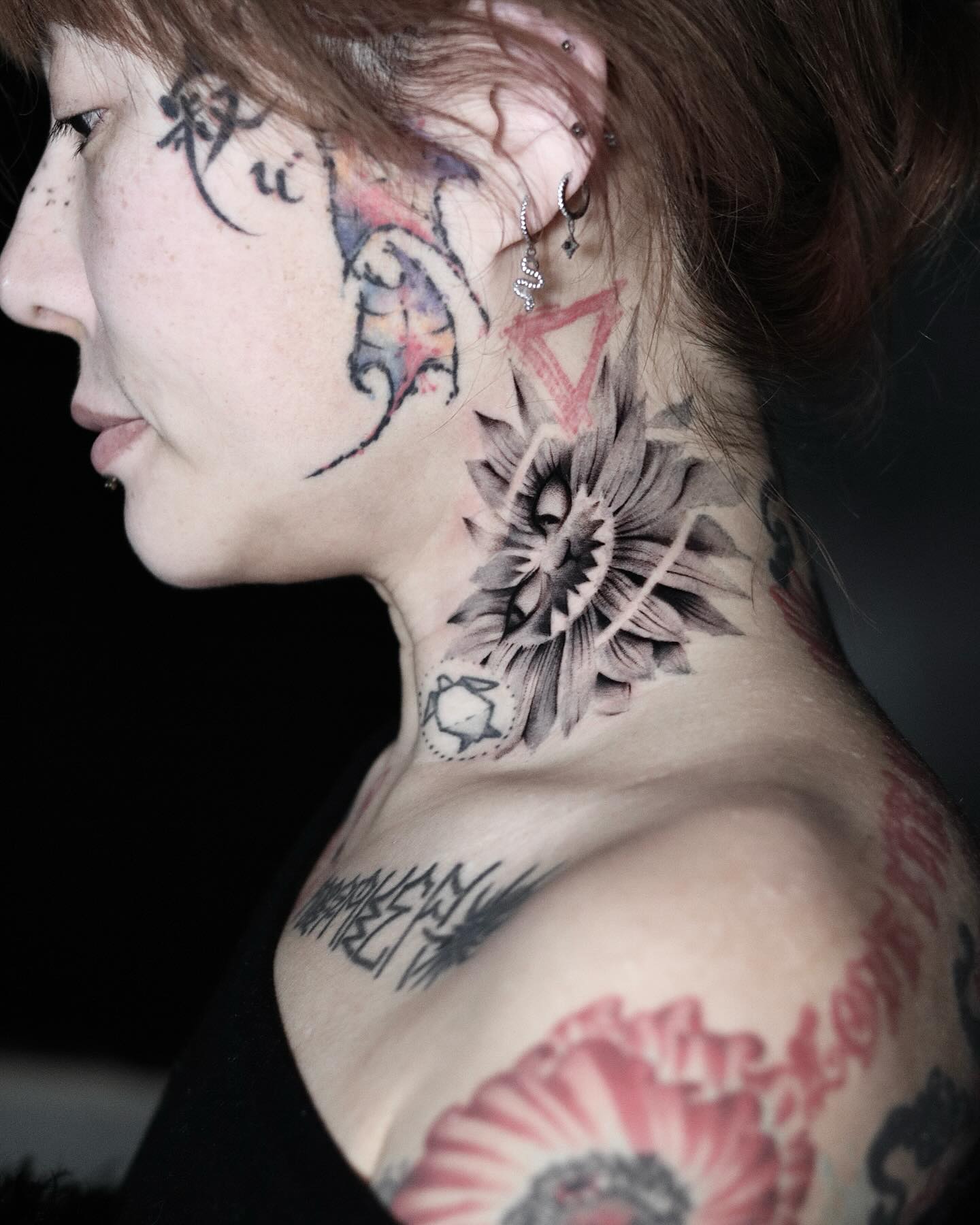
That same drive to evolve pushed Ken to expand beyond tattooing. In February 2025, he held his first solo art exhibition in Shanghai, where he showcased original paintings and mixed-media works. The experience allowed him to explore artistic expression off the skin—bringing him closer to his roots as a painter and reaffirming the interconnectedness of all his creative practices.
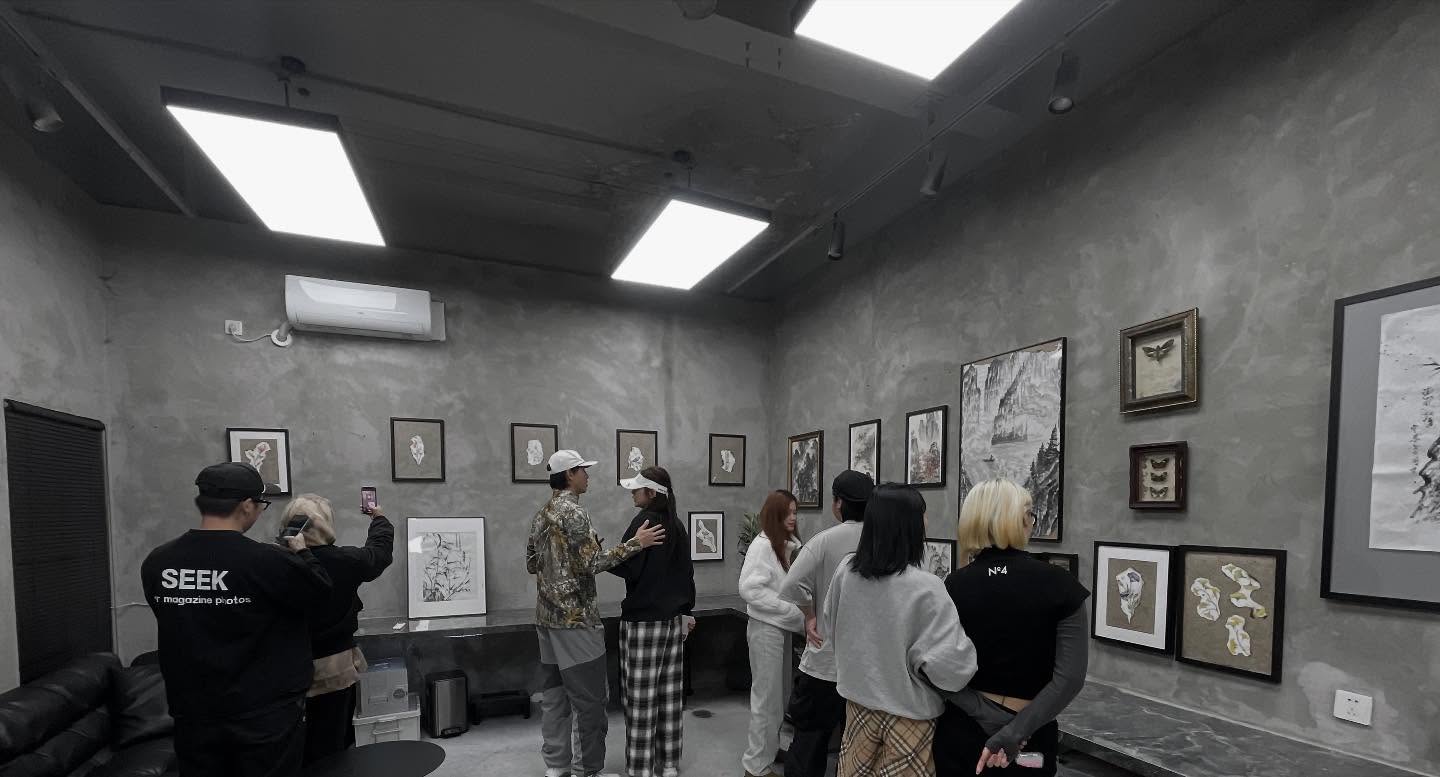
Outside the studio, Ken finds balance in simplicity. Fishing, he says, helps him clear his mind and reset his creative flow. Nature, with its quiet rhythm and ever-changing forms, often serves as inspiration for his designs. Cooking, too, plays a meaningful role in his life—it’s another outlet for visual expression and personal care.
Though deeply committed to his personal style, Ken remains attentive to each client’s individuality. For him, tattooing is a collaboration, not a monologue. He listens carefully, adjusting his techniques to align with the client’s vision while still preserving his own artistic integrity.
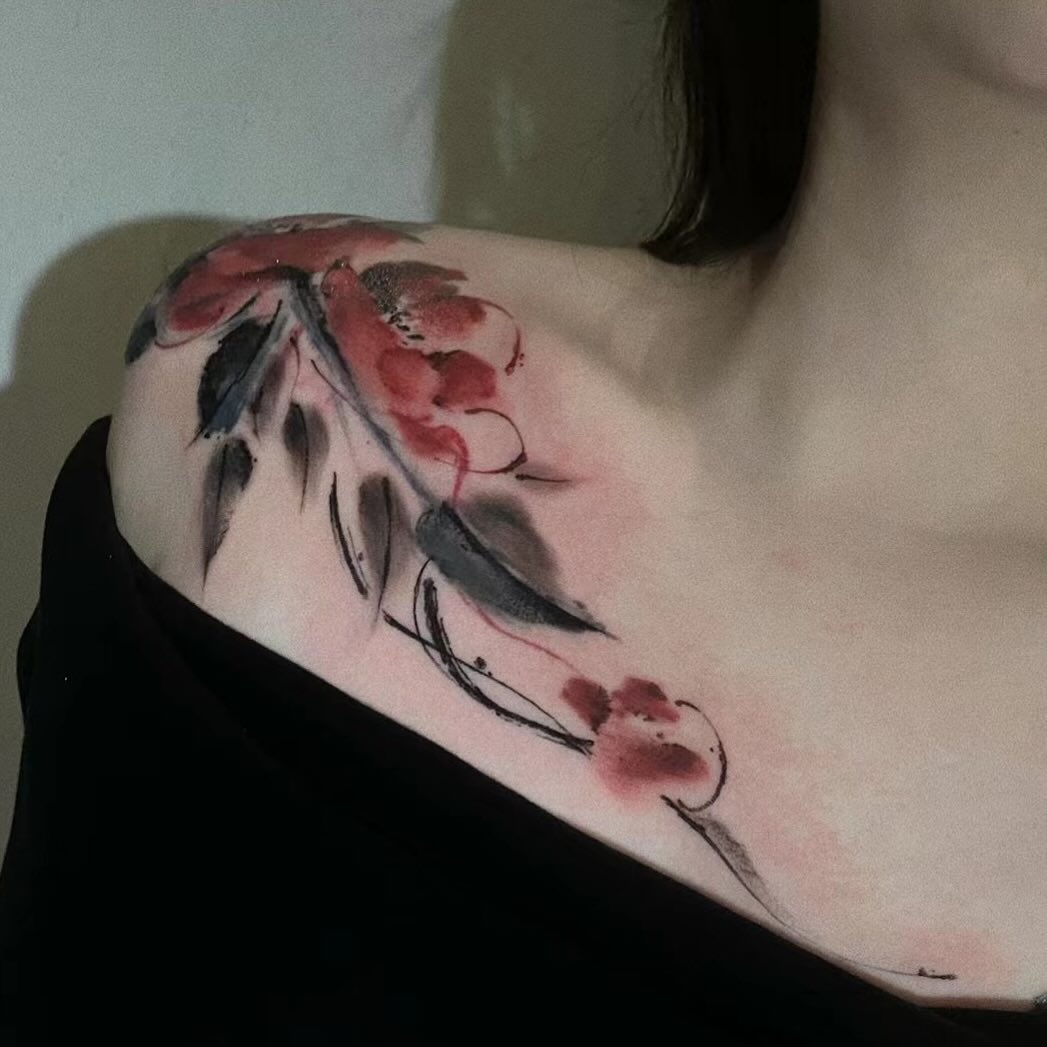
He is especially skilled at balancing contrasts—combining black and gray with selective color, creating fluid transitions through layering and tonal blending. Whether it’s a misty mountain scene or an abstract floral arrangement, every tattoo carries a sense of movement and intentional stillness.
Ken is also vocal about the importance of changing how the public perceives tattoo art. To him, tattoos aren’t symbols of rebellion or subculture—they are a legitimate and deeply personal form of artistic expression. Competitions and exhibitions, he believes, play a key role in shifting mainstream attitudes, offering a platform for tattoo artists to be seen as fine artists in their own right.
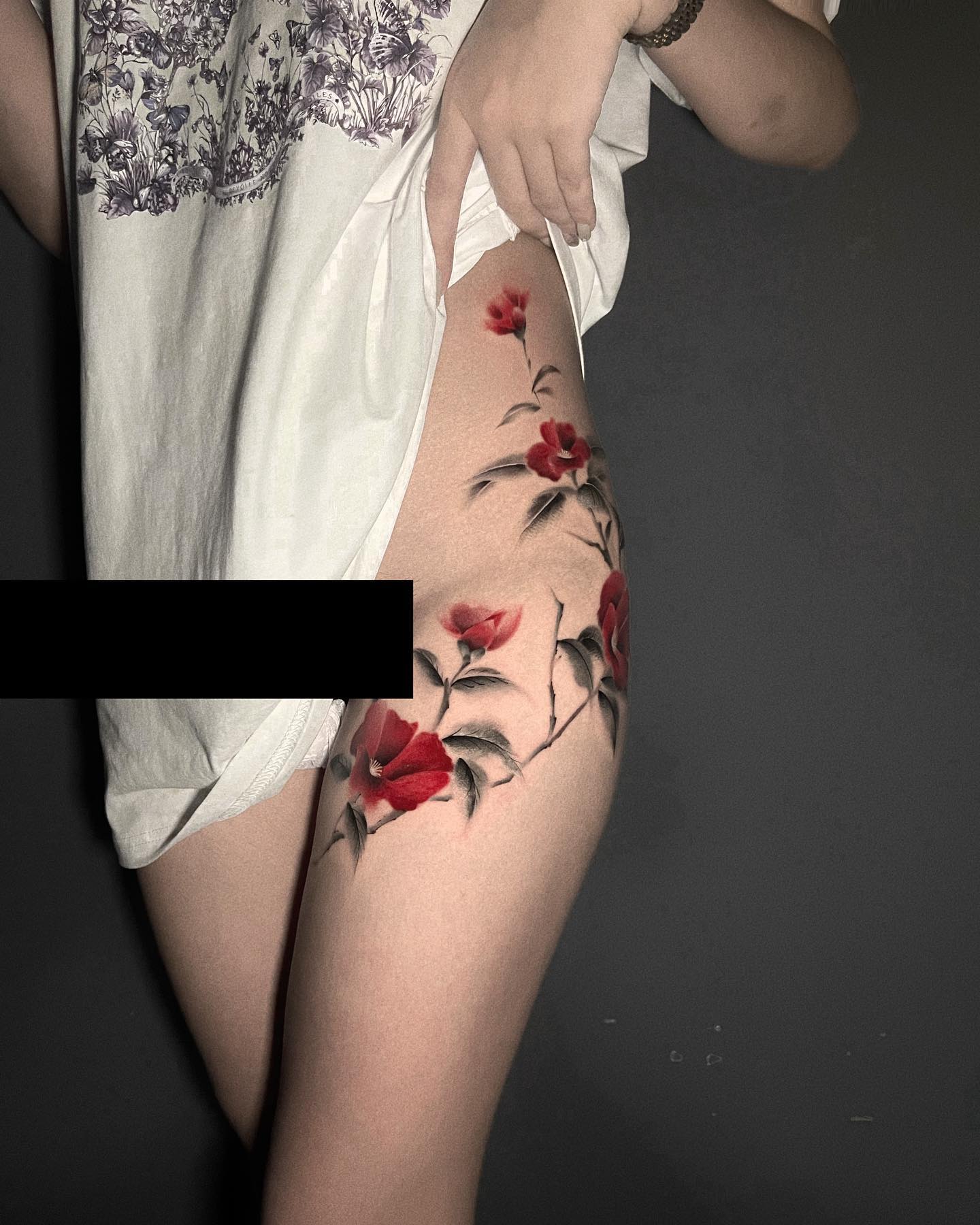
Looking ahead, Ken envisions a more global stage for his work. His travel wish list includes New York, California, Washington, and several cities across Europe. But beyond the destinations, it’s the cultural exchange and opportunity to connect with diverse artistic communities that excites him most.
When asked about the legacy he hopes to leave behind, Ken speaks not of fame, but of resonance.
“My greatest wish is that even after I’m gone, people will still remember my name and remember my work.”
In an industry often driven by speed, scale, and spectacle, Ken’s approach stands apart. It’s slow, deliberate, intimate. Every design is a conversation. Every tattoo a meditation. His work is proof that silence can speak volumes—and that beauty, when grounded in meaning, doesn’t fade with time.
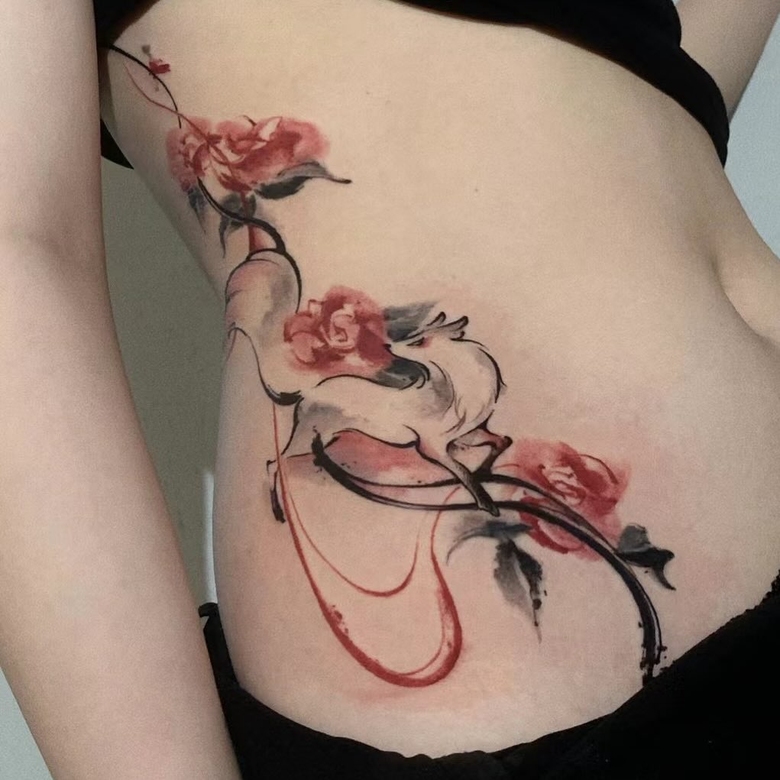

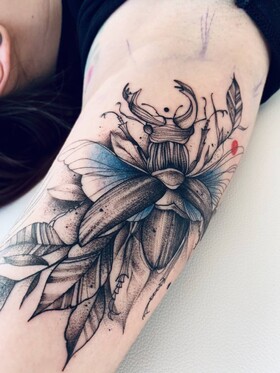
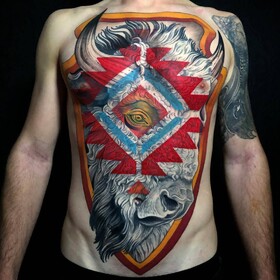
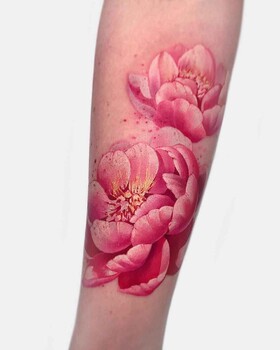
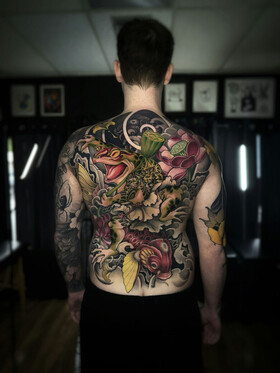
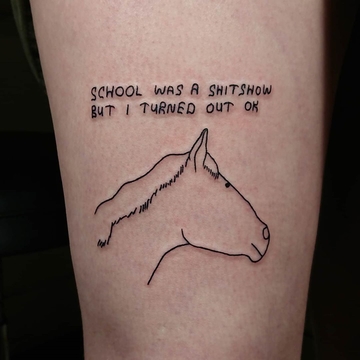
Comments (0)